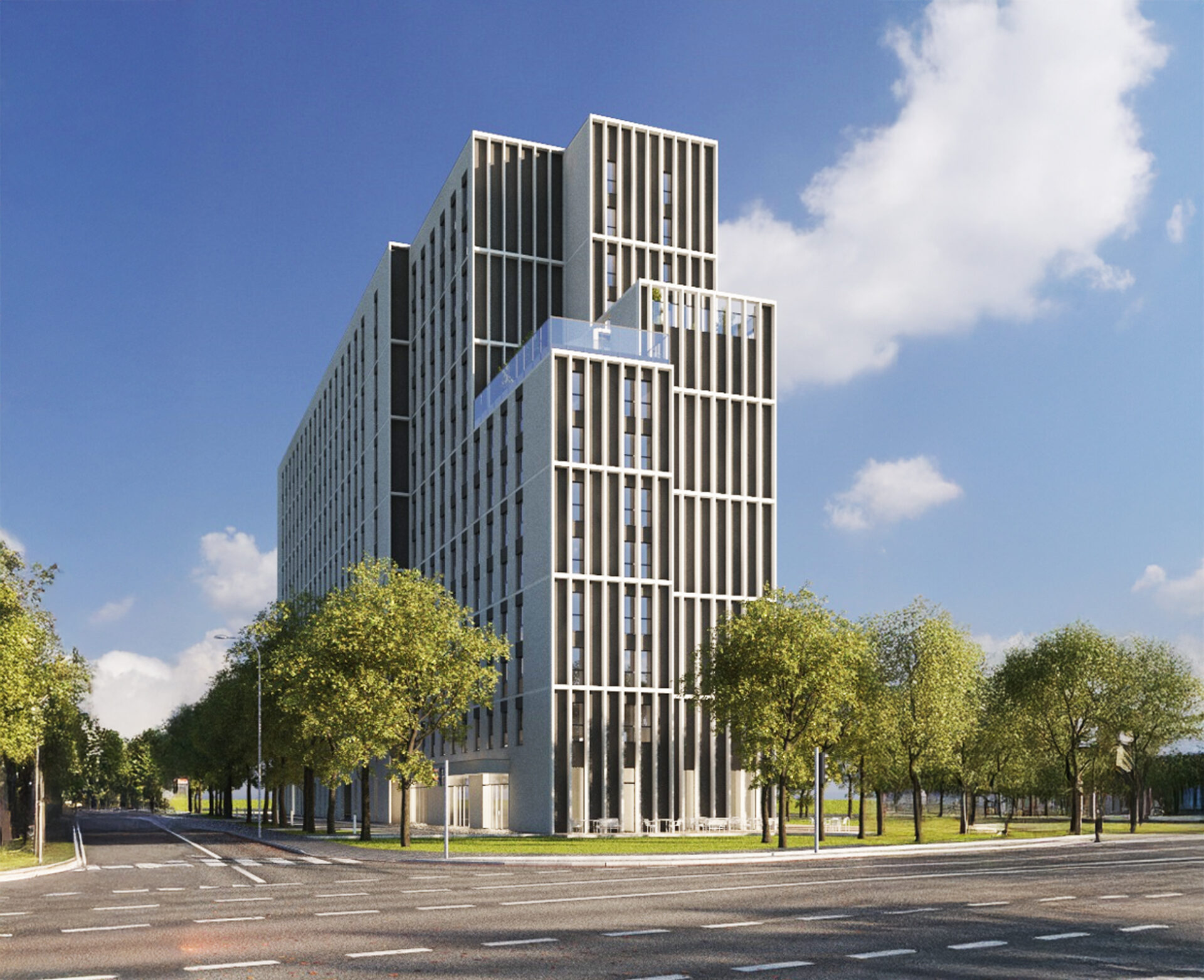Savills Investment Management (Savills IM), the international real estate investment manager, has published its latest outlook report for real estate investment markets in 2022. While next year may mark a turning point for both office and retail investors as the world continues to recover from the COVID-19 pandemic, sectors such as living, logistics and real estate debt also look set to offer compelling opportunities.
Although a number of geopolitical and macroeconomic opportunities and risks lie ahead in 2022 – from major elections across Europe, the tensions between the US and China, to global supply chain disruption – inflation looks set to be the biggest challenge investors will have to navigate. More than four-fifths (82 percent) of survey respondents highlighted inflation as the greatest threat to real estate investment in 2022, ahead of an economic downturn (68 percent) and potential further COVID-19 restrictions (66 percent).
Despite a challenging backdrop, the global investor survey showed a significant increase in appetite for real estate in 2022. Nearly three quarters (73 percent) of respondents expect their investment in the property to increase in the coming 12 months, compared with 45 percent last year.
One of the driving factors behind this renewed confidence is that 74 percent of the investors believe that their investments performed well in the wake of COVID-19 compared to a ‘normal year, with 72 percent stating that performance was better than expected.
The vast majority of participants expect investment volumes to rise again in 2022. Although it is very close at the top, “beds and sheds” lead the way by a narrow margin. However, participants also see growth potential in the retail and office sectors, indicating the hope of a slow return to some kind of normality.
Savills IM believes that retail is unfairly maligned and wrongly considered as a single entity. As a result, 2022 could be a turning point for the sector as many investors have been overlooking the opportunities in food retailing, retail parks and factory outlet malls or in repositioning assets to create alternative use-value.
The report also found that investor confidence is on the rise, and they will continue to move up the risk curve in 2022. Value-add strategies are expected to prosper in the next year with 63 percent of respondents highlighting them as their preferred investment style. Investors also highlighted co-investment (62 percent) and opportunistic (58 percent) as attractive investment approaches for the coming year.
Environmental, Social and Governance (ESG) themes are likely to continue to dominate the investment universe in 2022 as governments and companies embark on their pathways to a carbon-neutral world. Over four out of five of the respondents (82 percent) to our survey believe that the current focus on climate change will have an impact on their investment strategy. The vast majority of surveyed investors (79 percent) also expect there to be a demonstrable increase in the demand for green-labelled properties over the coming 12 months, with 26 percent expecting a significant rise.
Kiran Patel, Global CIO and Deputy Global CEO, Savills IM, commented: “Looking into next year, we believe beds and sheds will continue to remain in vogue. Given low yields in industrial and logistics properties, investors have no choice but to think outside big boxes and invest in promising subsectors such as urban and last-mile logistics, light industrial estates, and cold storage. We expect a polarisation of the office market with a strong focus among investors on prime properties.
“In the residential sector, scalable and operationally light segments such as multi-family, purpose-built student accommodation (PBSA) and healthcare assets promise adequate risk-adjusted returns.
“Debt-investing continues to provide attractive risk-adjusted returns with downside protection. Being at the lower end of the capital stack, in today’s environment of global supply shortages, rising inflation and growing property obsolescence due to climate adaptation, an allocation to real estate debt could be an attractive option for long-term investors.”







